The Love Witch is a two-hour MASH-note to bygone genre films, with the blindingly bright color palette of a late 60s cheapie and the stilted dialog to go with it. For producer/director/writer/editor/set and production and costume designer/non-harp-playing harp-music composer Anna Biller, it’s clearly a labor of love: there’s a handmade quality to every aspect of The Love Witch‘s pulp-horror stylings, and a witty, feminist self-awareness.
Samantha Robinson plays Elaine, our titular protagonist and ultimate femme fatale. Unlike a similar character in a noir, though, Elaine is not out to ruin men’s best-laid plans; she’s out to fall in love (and get laid, full stop). After a disastrous split from Jerry, the man she thought would bring her happiness, she falls in with a coven of witches and sets out to be the very embodiment of feminine allure. For her, the shift to witchy seductress works splendidly. For the men who come under her gaze, significantly less so.
In one of many nods to the B-cinema of yesteryear, we first meet Elaine behind the wheel, with Biller rolling out some delightful rear-projection for period authenticity. At first, The Love Witch feels a bit like a Technicolor Psycho, but a conversation with the cop who pulls her over quickly assures us we’re in the world of pulp. With red lipstick, red nail polish, a red dress, and, we discover, matching red luggage, offset only by shock blue mascara, Elaine has likelier stepped out of a burlesque show or off the cover of a cheap paperback than out of anything Hitchcock would recognize.

It turns out she had to leave Berkeley (of course) after a bit of unfortunate man-slaughter, heading north to the laid-back, redwood-lined Humboldt County town of Arcata where some of her fellow witches reside. Here, she will put all of her efforts into finding a new man in the traditional fashion: by, as she tells her new friend Trish (Laura Waddell), becoming everything they’ve ever dreamed of.
Be careful what you dream of, boys.
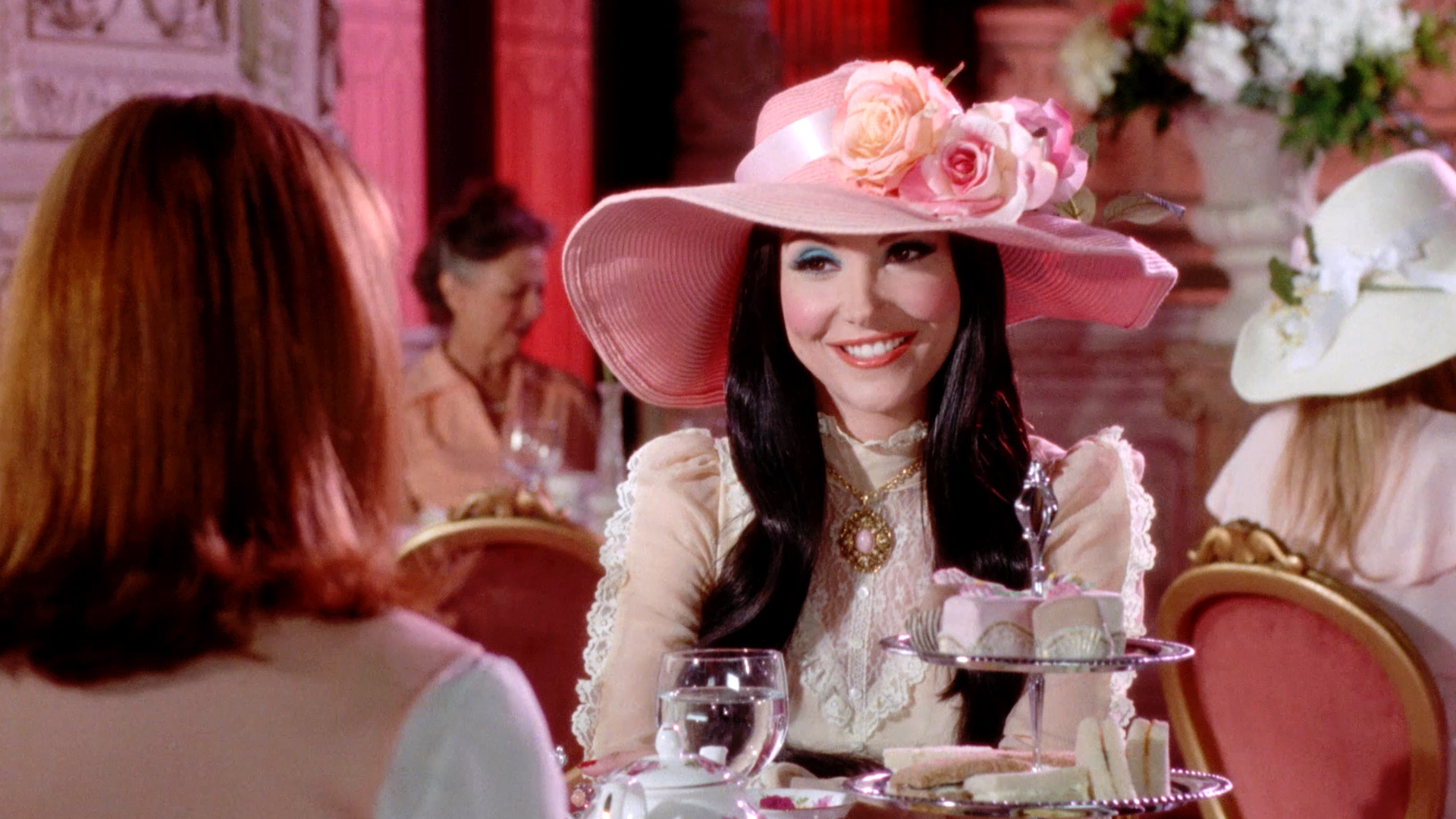
Biller’s direction and editing are so assured and pitch-perfect that The Love Witch often feels like it could have teleported here from 1969 — equal parts I Dream of Jeannie and The Stewardesses 3D — but there’s something entirely more punk-rock about its nipple-tasseled deconstruction of the form.
And any notion that Biller’s film belongs to the exploitation realm (she’s adamant it does not) is undone by three things. First, its gender politics point in the other direction, arriving at something much closer to a hilariously misandrist take on the female gaze than something the flesh-loving underground auteurs would’ve cranked out. Second, the elaborate set design and eye-popping costumes, obviously requiring substantial labor, would feel out of place in a quick-to-the-screen cheapie, even if The Love Witch gleefully operates with the logic of one. And third, it’s smarter than all that, particular in its visual name-dropping: how many sexploitation films can you name that overtly reference Häxan?
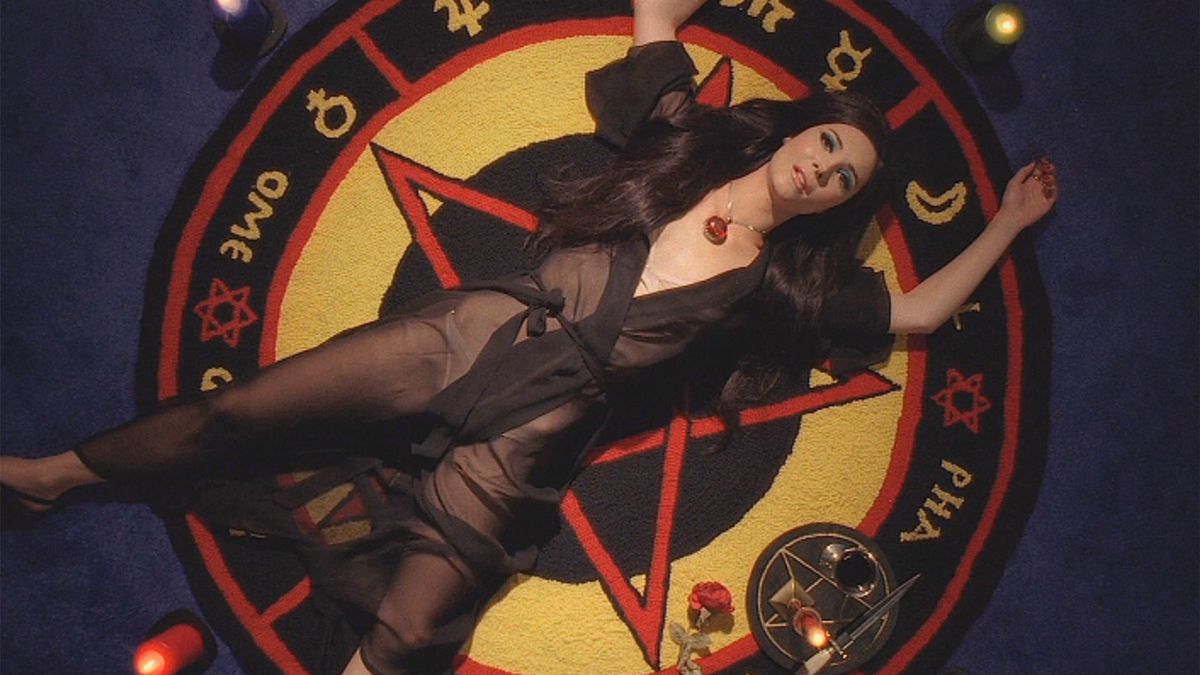
Elaine’s quest for true love, by way of potions, pentagrams, and stickpin dolls, runs into some snags up in Arcata, as the police begin to get suspicious. (This is the sort of thing that will happen when you bury a man in a shallow grave with a bottle full of urine, a used tampon, and various witchy herbs.) Will she seduce everyone in sight, including the police? Will an entire scene resemble a RenFaire fantasia, complete with harps and lutes, before seguing into a nude Satanic dance around a fire? Will Elaine ever find a good man?
The Love Witch is an adoring pastiche to a serious set of visual, sartorial, and cinematic obsessions. Biller’s sense of fun is contagious, and her film is a gift to trash-art enthusiasts everywhere.
(Streaming on Amazon Prime)
Quick Links

Laika’s visually magnificent, Oscar-nominated latest is a stop-motion fable, and it has everything adults or kids could want from an animated extravaganza. It’s a compelling enough story of important lineage and child peril, in the grand tradition of fairy tales everywhere, but its real strength is the gorgeousness of its images.
As with the studio’s earlier films — Coraline, ParaNorman, and The Boxtrolls — the plot gets a little lumpy, but it makes no difference on the whole. This is a movie to marvel at.
(Streaming on Netflix)
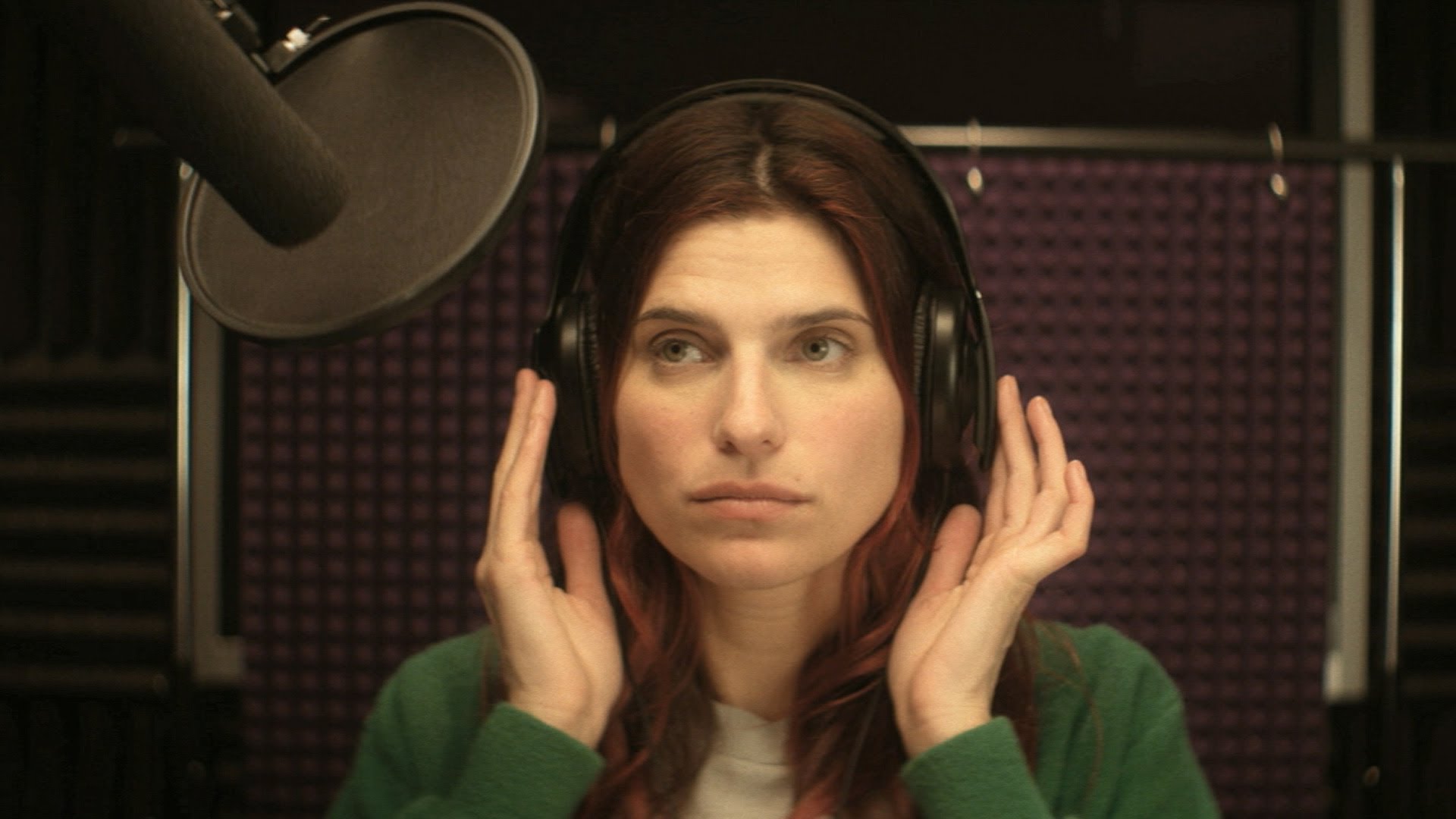
Lake Bell‘s 2013 feature debut is an immensely likable character study, romantic comedy, and satire of male-dominated industry rolled into one, and it’s very funny. As a woman trying to make it in the voiceover world, Bell plays her heroine as both sympathetic go-getter and amiably awkward goof, and the result is an almost uniformly enjoyable riff on family dysfunction, (literal) patriarchy, and dramedy in a weird corner of show biz. As writer, director, and star, she’s got a deft touch, and In A World… is as comedically assured a first film as you could hope for.
(Streaming on Amazon Prime)
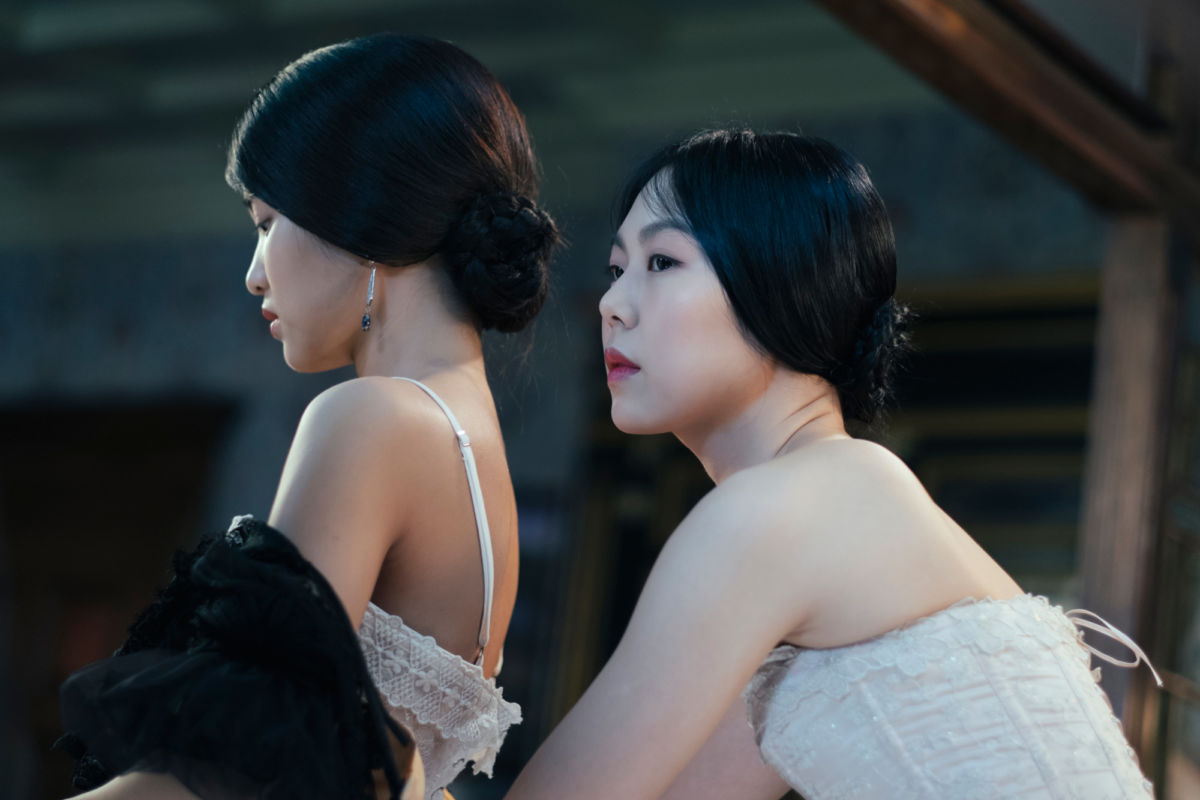
With plots inside of plots and schemes behind schemes, revenge-maestro Park Chan-wook‘s The Handmaiden keeps you guessing right up to the end. Adapted from Sarah Waters’ psychosexual freak-out Fingersmith, the Korean director plays the material to his strengths: lush imagery, stately pacing, lurid gawking, and a healthy dollop of climactic gore.
It’s a social horror movie told in three parts that turn in on themselves, as we shift perspectives and slowly glean information about who’s conning who, and why. It’s a scandalous, kink-filled slowburner, with enough Sapphic set-pieces and monstrous male sexuality to almost qualify as art-porn.
And that’s before the Ben Wa balls show up.
(Streaming on Amazon Prime)
In Chris Marker’s Studio
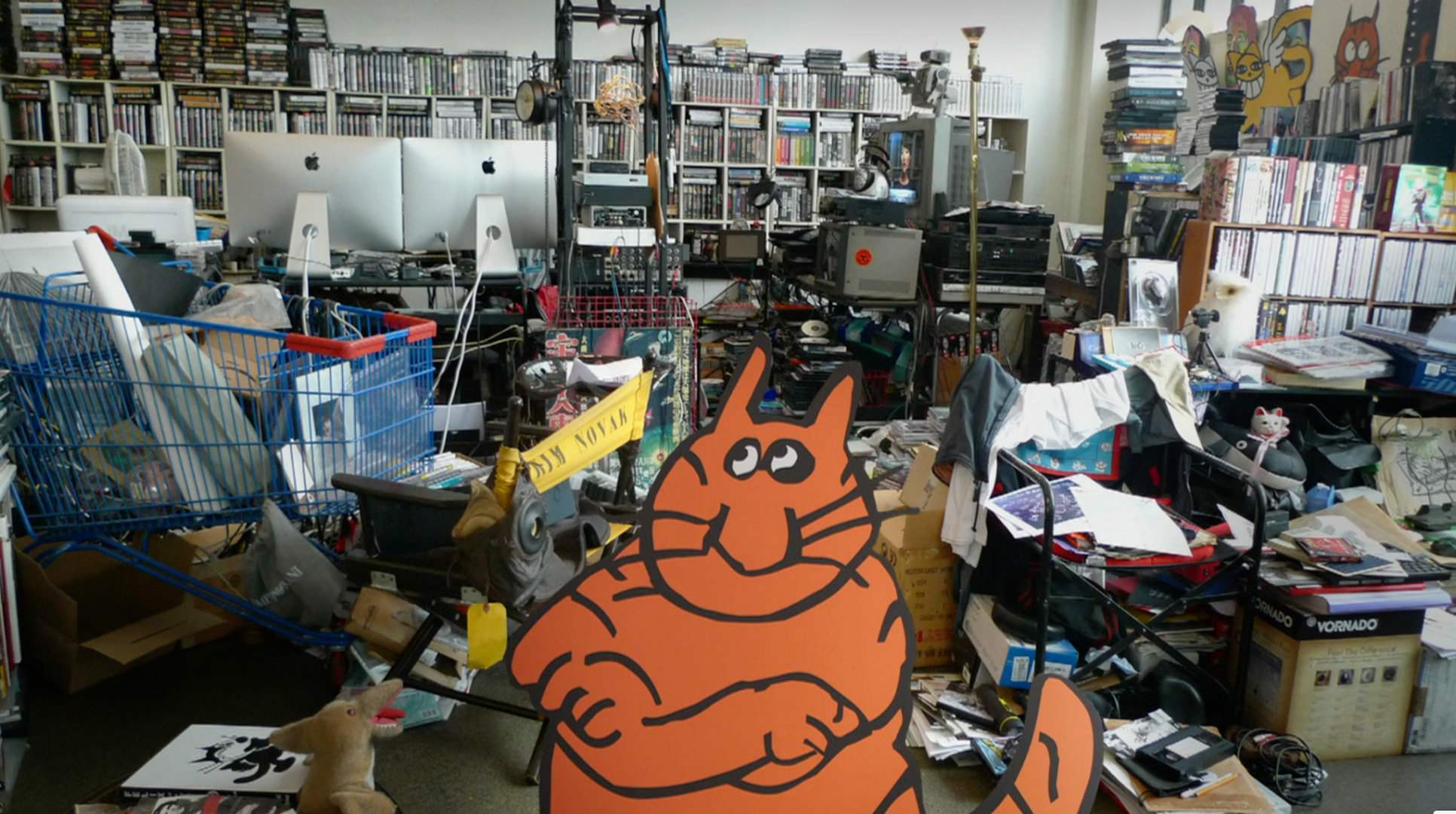
Agnès Varda is among the most curious filmmakers we’ve ever had. Not in the sense that we find her curious — though her open-ended questions and quirky observations certainly mark her as a bit of an odd duck — but because she herself is full of wonder. In this short, she visits the extraordinarily messy studio of the reclusive master Chris Marker (the late leftist artist who gave us La jetée, Sans Soleil, and many other personal works) to obliquely discuss his work and practice.
Marker is never onscreen, as befitting his persona. Instead, his cat avatar stands in for him, as he and Varda explore representation, Second Life, and what constitutes identity in a post-self age. It’s charming and eye-opening.
(Streaming on LeCinemaClub through Sunday)

